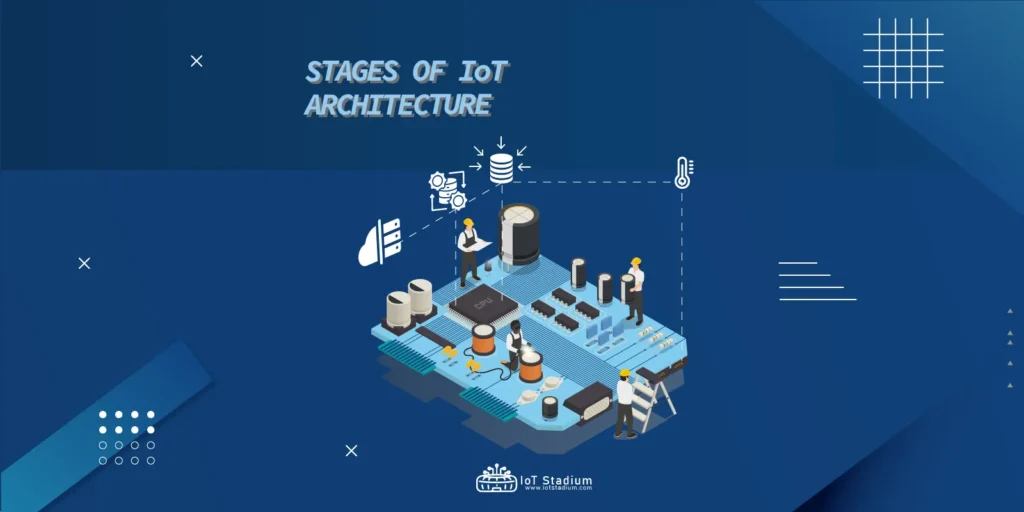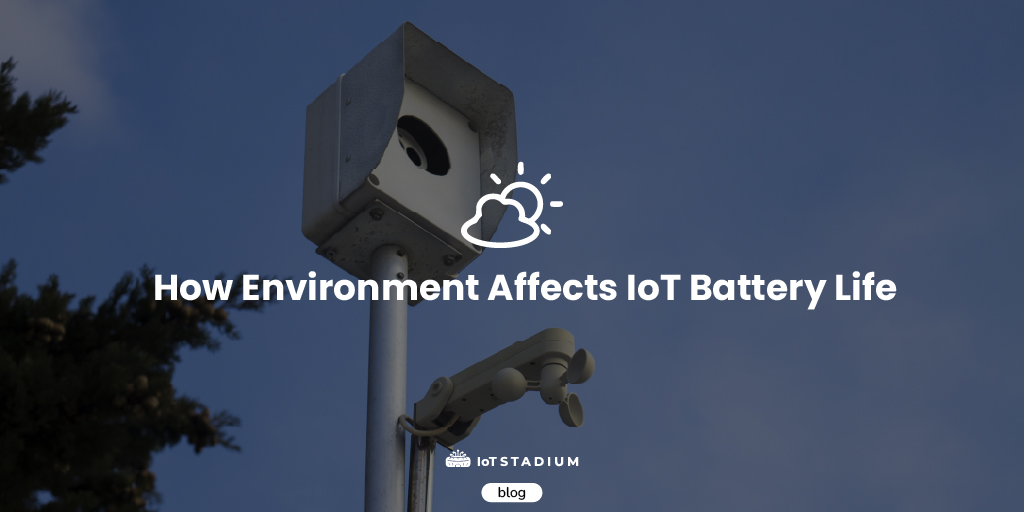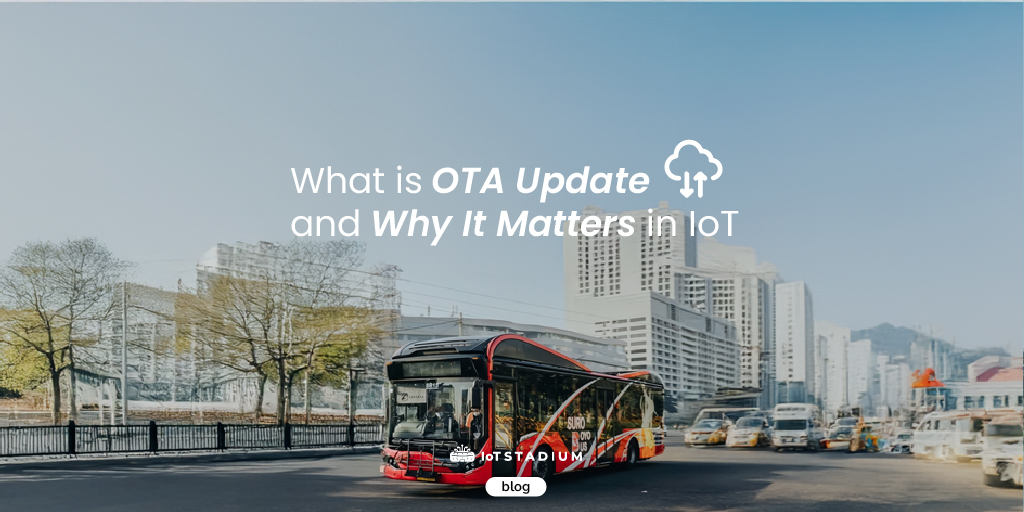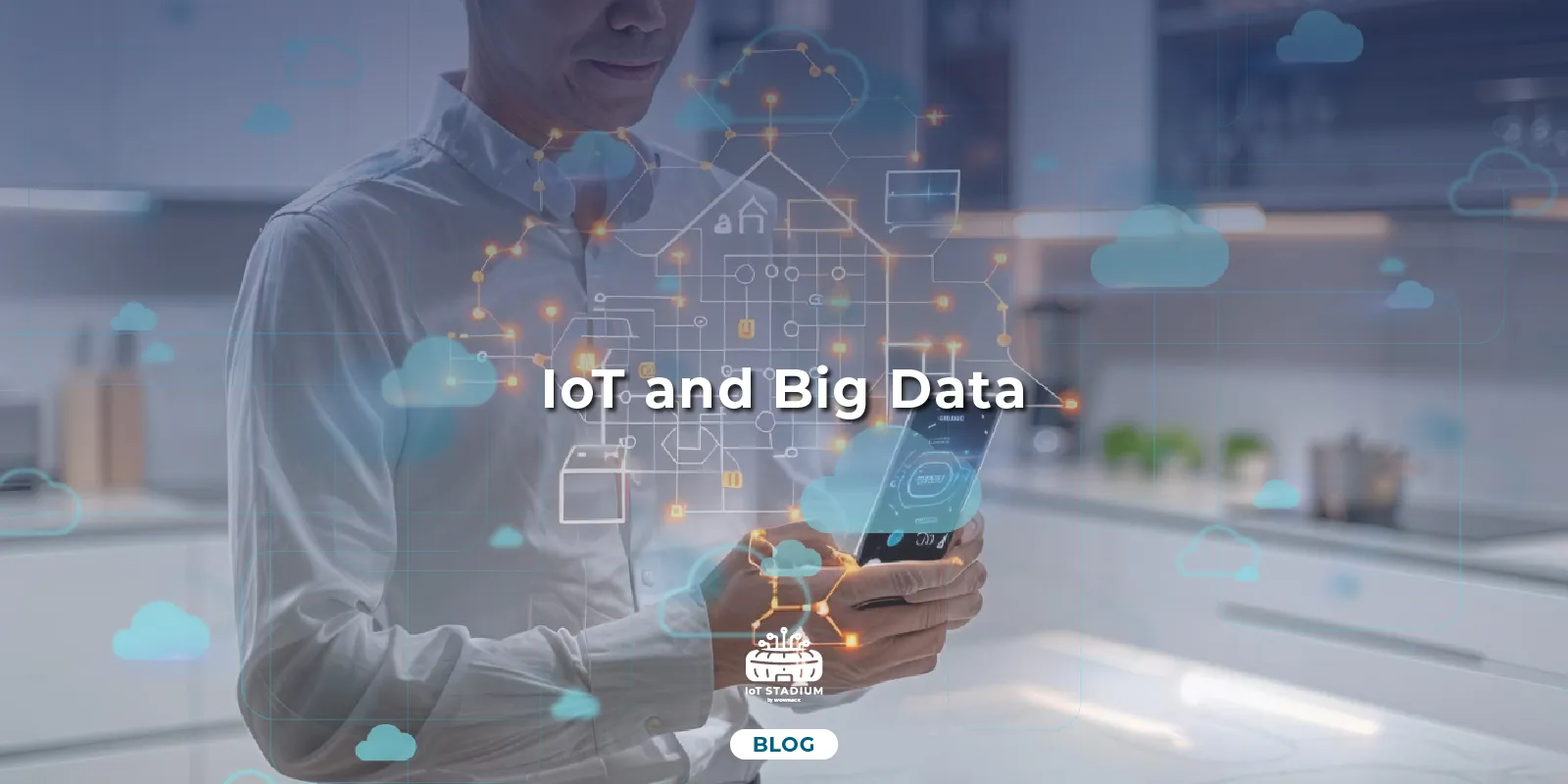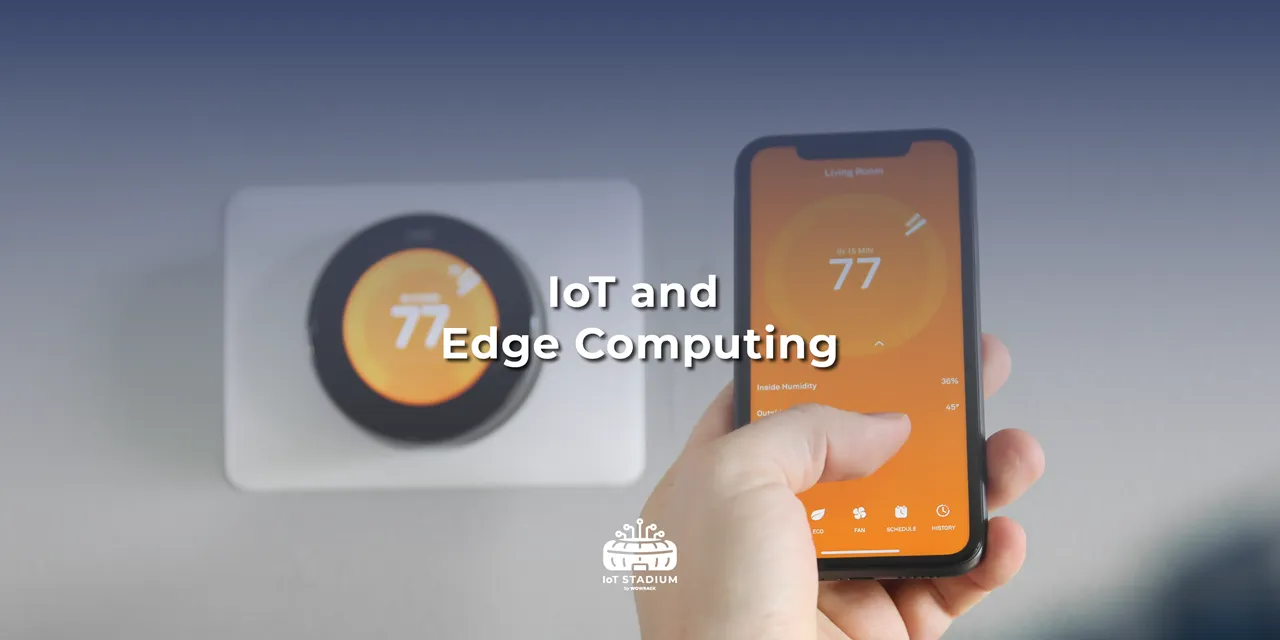Have you ever considered how an automated fire alarm switch differs from an IoT-connected device that does the same job? Well, it's all about data. The IoT device can collect and share data about how it is used, allowing it to work smarter and do more than just turn on and off automatically. Both devices may have the same sensor, but when the IoT-connected device’s sensor senses a high temperature, it will send the data to the cloud or data center for recording and analysis.
IoT devices are designed to collect and transmit data, which is the basic function of the IoT architecture. This architecture consists of various layers of hardware and software that work together to facilitate this process and enable the storage, processing, and analysis of the collected data.
The IoT architecture is frequently described as consisting of four stages that enable the flow of data from sensors, devices, and machines to be collected, analyzed, and stored, leading to the creation of new applications and services that individuals and organizations can use.
The IoT architecture is composed of four stages: sensing, networking, processing, and storage.
1. Sensors and Actuators
Sensors and actuators were the first components to interact with physical processes. Sensors collect information about the state of the process and the surrounding environment. Assume that some sensors are installed at the water treatment plant, which means that the sensors will process data such as temperature, humidity, fluid flow rates, and liquid levels in tanks and pipelines, among other things. Then, a person can analyze and use the data to make decisions or take action.
Actuators are devices that use data collected by sensors to control a process or system. For example, an actuator could change the flow rate of a liquid to keep it at a constant level. Sensors and actuators collaborate in this way to monitor and control physical processes in real time.
2. Data Acquisition System
The Data Acquisition System collects data from sensors and converts the analog data into digital format. The digital data is then transmitted through wired or wireless WANs, such as Wi-Fi or cellular, to an internet gateway for further processing. In some cases, data filtration is required to handle large volumes of data collected simultaneously, such as in an industrial setting or factory with thousands of sensors. The filtration process eliminates noise, outliers, and irrelevant data, which enhances the accuracy of data analysis and decision-making.
By effectively managing data collection and filtration, businesses can make informed decisions based on accurate and relevant data. IoT technology can also help to improve operational efficiency, reduce costs, and enhance product quality. With the growing adoption of IoT technology across various industries, it is becoming increasingly important to have a thorough understanding of data management processes and tools to maximize the benefits of this technology.
3. Edge IT Data Processing
This step deals with preprocessing and pre-analytics before sending the data into the actual systems. This is necessary because there is a massive amount of IoT data; if we send it directly to the server or data center, it will slow down the system and consume all of the available bandwidth. Analog data is produced in such large quantities and at such a rapid rate that it requires a lot of storage space, so it is always advised to convert it to digital form. Therefore, converting it to digital form through preprocessing and pre-analytics can help reduce the storage space needed and optimize the data for further analysis.
The processed and optimized data is then sent to the server and data centers for further analysis and processing. By going through this step of preprocessing and pre-analytics, we can ensure that the data sent to the server and data center is optimized for efficient processing and analysis, leading to more accurate and timely insights.
4. Data Center and Cloud
After preprocessing and analyzing IoT data, the system removes any noise or irrelevant data and sends the remaining data to the data center. At the data center, the data undergoes final analysis and reporting before being sent to the cloud.
The data center and the cloud are usually managed together to provide analyzed and processed data. The cloud facilitates the transfer of data to end-user applications, allowing for efficient data transfer to various applications and services. This seamless transfer of data from the edge to the cloud enables businesses to make informed decisions and optimize their operations.
Conclusion
Our era is marked by profound interconnectivity and interactivity, where the Internet of Things is rapidly evolving and revolutionizing our industrial and commercial landscape. Understanding the stages of architecture is key to unlocking the full potential of this incredible technology. By breaking down the system into distinct stages, we can identify the technologies and platforms required for each stage and design them, accordingly, leading to improved performance and ensuring data security and privacy. Whether it be in designing, developing, or implementing IoT systems, a thorough understanding of the architecture stages is essential for success.
Visit our blog to get more information about technology. On the other hand, you can visit our knowledge base page for tutorials on how to use the features in IoT Stadium.
